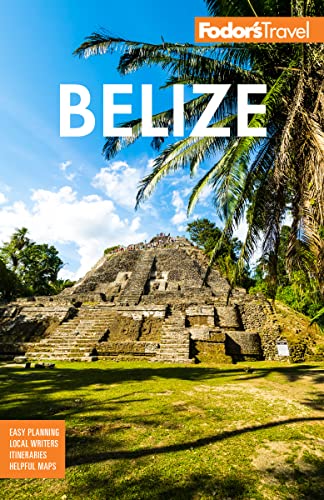Most journeys south begin in the region's administrative center, Punta Gorda. PG (as it's affectionately known) isn't your typical tourist destination. Though it has a wonderful setting on the Gulf of Honduras, it has no real beaches. There are few shops of interest to visitors, a few simple restaurants, and little nightlife. Don't expect many tourist services.
So why, you ask, come to PG? First, simply because it isn't on the main tourist track. The accoutrements of mass tourism are still, refreshingly, missing here. Schoolchildren may wave at you, and residents will strike up a conversation. Toledo has stunning natural attractions, too, such as clean rivers for swimming and cave systems with Mayan artifacts that rival those in the Cayo District. Also, with several new or upgraded hotels to choose from, it's a comfortable base from which to visit surrounding Mayan villages, offshore cayes, and the high bush of the Deep South.
Settled in 1867 by ex-Confederate immigrants from the United States and later a magnet for religious missionaries, Punta Gorda once had 12 sugar estates, each with its own mill, but the sugar industry in Toledo has been replaced by rice farming, citrus groves, and small cacao plantations. After World War II, Great Britain built an important military base here, but when that closed in 1994 the linchpin of the local economy was yanked out. With some increase in tourist dollars and foreigners' growing interest in real estate here, PG is starting to pick up again, but hasn't lost its frontier atmosphere.




